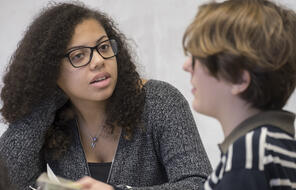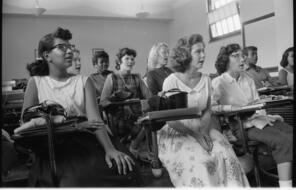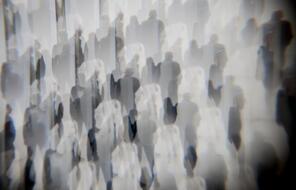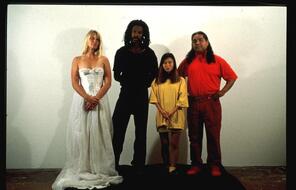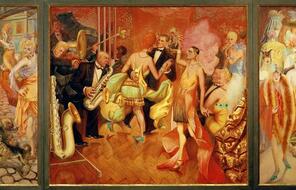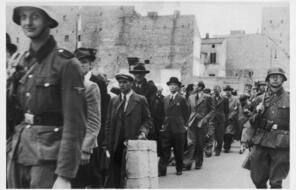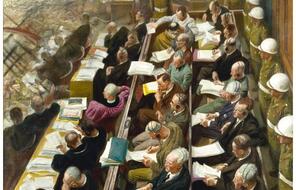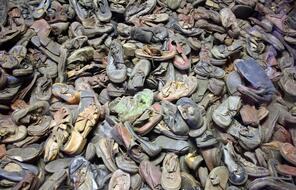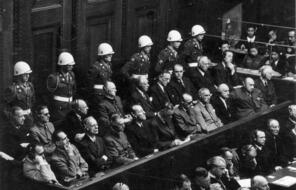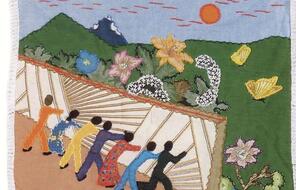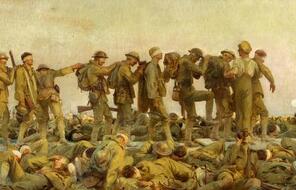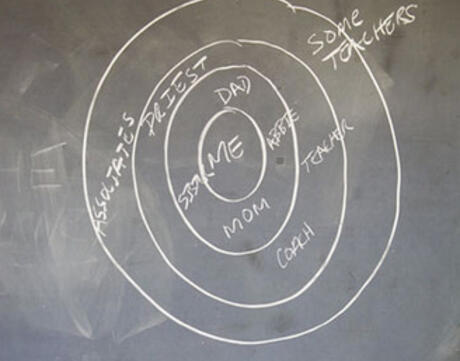
Understanding Universe of Obligation
At a Glance
Language
English — USSubject
- Civics & Citizenship
- Social Studies
Grade
6–12Duration
One 50-min class period- The Holocaust
Overview
About This Lesson
This lesson uses resources from Chapter 2 of Holocaust and Human Behavior to prompt students to explore the ways that individuals, groups, communities, and nations define who belongs and who does not. The activities that follow examine what it means to belong by introducing the idea of a “universe of obligation,” the term sociologist Helen Fein coined to describe the circle of individuals and groups within a society “toward whom obligations are owed, to whom rules apply, and whose injuries call for amends.” 1
- 1Helen Fein, Accounting for Genocide (New York: Free Press, 1979), 4.
Preparing to Teach
Lesson Plan
Activities
Materials and Downloads
Quick Downloads
Download the Files
Unlimited Access to Learning. More Added Every Month.
Facing History & Ourselves is designed for educators who want to help students explore identity, think critically, grow emotionally, act ethically, and participate in civic life. It’s hard work, so we’ve developed some go-to professional learning opportunities to help you along the way.
Exploring ELA Text Selection with Julia Torres
On-Demand

Working for Justice, Equity and Civic Agency in Our Schools: A Conversation with Clint Smith
On-Demand

Centering Student Voices to Build Community and Agency
On-Demand


